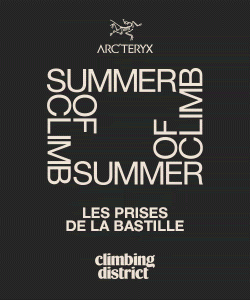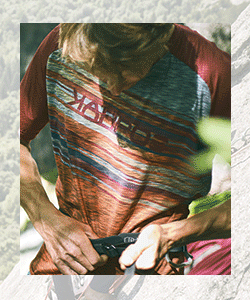Campus Board : Ballistic vs. Non-ballistic Power Exercise

When we think about power training on a campus board (perfect tool to improve), we need to differentiate between ballistic and non–ballistic exercise. In a non-ballistic exercise, there is a significant portion of time (the entire second half of the propulsive phase) spent slowing down (decelerating).
In a ballistic exercise on a campus board, there is no deceleration. This allows for greater peak velocity, as well as a longer propulsive phase (due to not slowing down). The athlete can accelerate through the entire movement because they, or their object, are eventually in flight.
Two examples to compare are the pull-up (non-ballistic) and the double-clutch campus move (ballistic). I would consider the 1-arm campus board move quasi-ballistic. It is somewhere in the middle, like climbing.
Due to higher peak forces, greater impulse (the sum of propulsive forces), higher movement velocities, and a longer propulsive phase, ballistic-type exercises impose greater levels of acute fatigue compared to their non-ballistic counterparts. Also, ballistic exercises on campus board are technically more challenging (more degrees of freedom) to the neuromuscular system.

Campus board : a perfect tool to improve
Put simply, if we can find ways to minimize technical strategies and perform similar work (direction of movement), we can do so with greater power output, even while undergoing fatigue. In short, you can do more high-velocity pull-ups under fatigue than you can single or double-arm campus moves.
When using the non-ballistic version of a powerful exercise (pull-up) it is important to consider the loads. Because of their effect on the propulsive phase. This is due to the deceleration that accompanies each repetition. The lighter the load, the higher the velocity. And the greater level of deceleration. So, by using lighter loads it allows the athlete to move with greater power output over multiple repetitions.
Read more about campus board fundamentals
See also How to improve by simply climbing 😉










